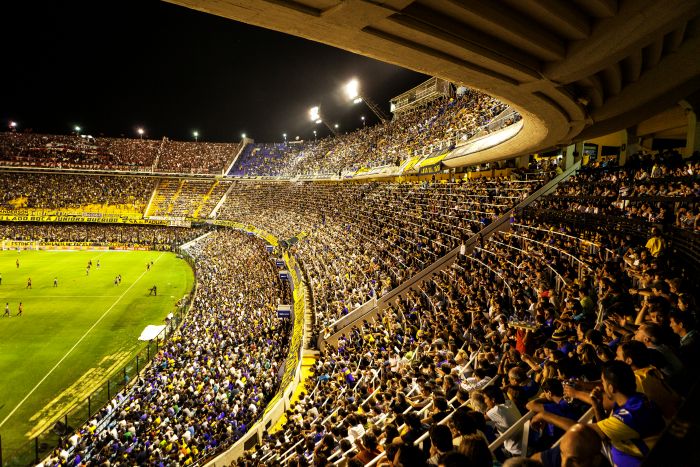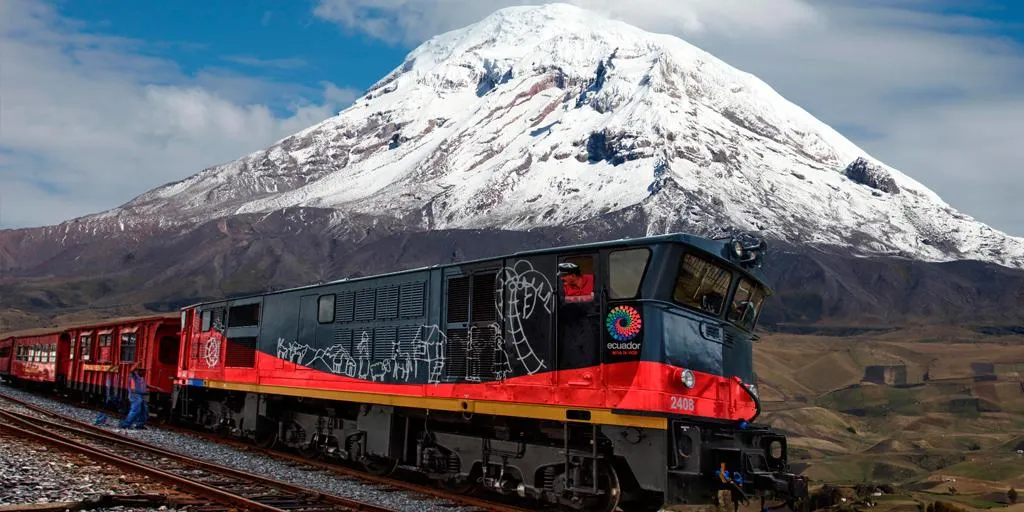Texte de Carmen Helena Trujillo Vega – Cet article a été publié initialement sur le site www.elcafelatino.org
A partir du travail des mains des paysannes et des paysans forts et entreprenants naît l’aliment panela, riche en minéraux et en vitamines, aussi appelé papelón au Venezuela, piloncillo au Mexique, raspadura à Cuba, chancaca en Équateur, en Bolivie et au Pérou.
Il est produit à partir de la canne à sucre, qui a été introduite en Amérique latine durant la conquête espagnole. Si nous nous concentrons sur la Colombie, où la culture de la canne à sucre se fait dans des territoires chauds, du niveau de la mer à environ 2 000 m d’altitude, dans des terres tropicales où il n’y a pas de saisons.
Le processus de production de la panela est le suivant :

- Récolte de la canne et mise en transport sur des mules de la canne jusqu’au moulin.
- Pressage de la canne “Metecaña” dans le moulin. Ce qui reste de la canne après la presse, c’est la bagasse qui sert de combustible.
- Les jus sont déposés dans des seaux, sur le feu, où sont, dans un second temps, filtrés avec des instruments en bois.
- Au feu, elle est également fouettée avec un instrument en bois pour trouver la texture exacte. Quand les jus sont cuits, cela s’appelle le processus d’évaporation et de concentration.
- Les jus sont fouettés pour être refroidis et transférés dans les moules.
- Puis sont emballés dans des sacs en plastique et commercialisés.
Voilà comment la panela est prête pour la commercialisation, la Colombie est le deuxième producteur mondial de panela avec 16% du marché, après l’Inde. (Agribusiness, 2021)
La majorité de la panela est consommée dans le pays et seul un petit pourcentage est exporté, générant environ 287 000 emplois. (Agribusiness, 2021)

Elle se consomme de différentes façons, principalement pour faire de l’eau de panela, pour laquelle on fait bouillir de l’eau et la quantité de panela que l’on souhaite (cela dépend de la quantité de sucre désiré) et on laisse bouillir. Elle peut être servie comme une boisson chaude ou être laissée refroidir et consommée plus tard. On peut aussi, ajouter du citron, la préparer avec du gingembre et si l’on souhaite faire un cocktail chaud, combinez-la avec un shot d’aguardiente, et on obtient un délicieux canelazo.
Il est conseillé de la faire légère car elle a une forte teneur en sucre, mais combinée avec du citron et préparée avec beaucoup d’eau, c’est très rafraîchissant.
Egalement, il existe des recettes traditionnelles comme la mazamorra qui est une préparation à base de maïs, de lait et de panela ; également la natilla qui est un dessert traditionnel de Noël à base de lait, de cannelle, de fécule de maïs et de panela.
Aujourd’hui, les nouvelles générations de chefs de la cuisine colombienne contemporaine incluent la panela dans diverses préparations de plats tels que le filet de bœuf en sauce panela et miel ou les côtes de porc aigre-douces en sauce panela, entre autres.
Ainsi, le contexte actuel de la panela lui confère un statut important et elle est reconnue comme un ingrédient pour les chefs renommés du pays. Dans le cadre du folklore, il existe également une reine de la panela, qui est célébrée chaque année dans le département de Cundinamarca, dans la municipalité de Villeta, où est élue chaque année la reine nationale de la panela.

Historiquement, la panela est consommée en Amérique latine depuis plus de 500 ans et depuis ses débuts, elle a été consommée comme une boisson. Aujourd’hui elle a atteint le niveau de la grande cuisine et, ainsi, la position sociale de la panela a changé au fil du temps. Au début, elle a toujours été considérée comme un aliment du peuple, depuis la colonie espagnole et jusqu’à aujourd’hui, dans un pays où il existe des strates sociales archaïques. La panela était considérée comme un aliment pour les personnes des strates inférieures car son prix de vente était économique et elle était nourrissante. Ainsi les familles à faibles revenus nourrissaient leurs enfants avec la panela, mais cela a changé, grâce à des campagnes comme celle réalisée avec le champion cycliste Nairo Quintana : « La vie a le goût de la panela » puis grâce au positionnement social de la panela comme symbole de l’identité colombienne, au même titre que le café, et enfin grâce à la reconnaissance de ses propriétés médicinales, puisqu’elle est cicatrisante, contient des minéraux et des vitamines naturelles, donne de l’énergie, aide le système respiratoire et surtout nourrit.
Bibliographie:
Ordóñez Caicedo Carlos.(26 de junio 2006). La aguapanela. Revista semana (edición 1.260) pp. 98.
TvAgro por Juan Gonzalo Angel 2019 Le processus d’élaboration de la panela est tiré de :
https://youtu.be/hgUj0tKM8OA
https://fedepanela.org.co/gremio/
https://www.historiacocina.com/paises/articulos/colombia/panela.html







